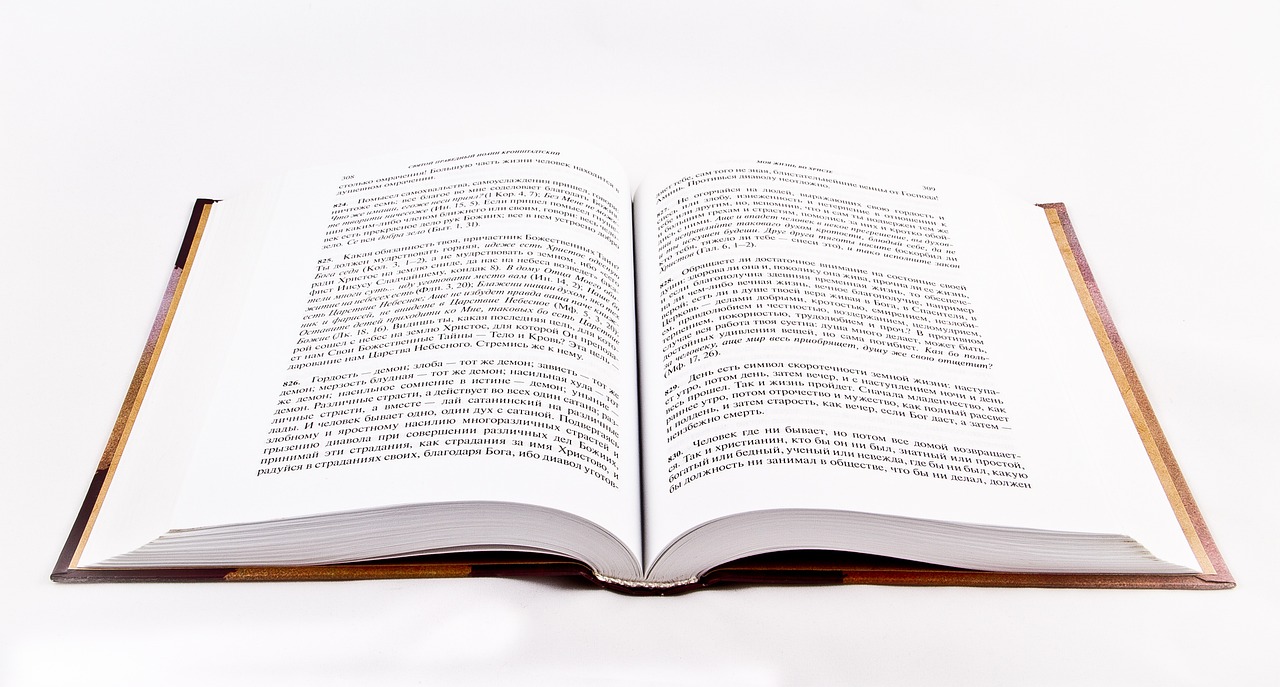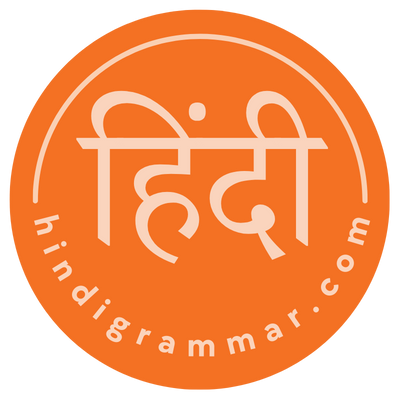 Introduction
Introduction
Calligraphy, the art of beautiful writing, has been celebrated across cultures and civilizations for centuries. In India, Hindi calligraphy holds a special place as it beautifully captures the essence of the Devanagari script, the writing system used to represent the Hindi language. Bornomala, the Hindi alphabet, takes on a new form of artistic expression through calligraphy, creating a visual symphony of letters and strokes. In this blog, we will embark on an artistic journey through the world of Hindi calligraphy, exploring its history, techniques, and the sheer beauty of this exquisite art form. Let’s delve into the mesmerizing realm of Hindi calligraphy and witness the creative magic it unveils.
- The History of Hindi Calligraphy
The art of calligraphy has a long and illustrious history in India, dating back to ancient times. During the Gupta period (around the 4th to 6th century CE), significant developments were made in calligraphy, especially in the Brahmi script. As different scripts evolved, so did the art of calligraphy. The Devanagari script, with its intricate and flowing characters, became prominent during the medieval period and has remained the primary script for Hindi and several other Indian languages.
- The Essence of Hindi Calligraphy
Hindi calligraphy is an art form that captures the essence of the Hindi Bornomala with exquisite beauty. Each letter is transformed into a work of art, with skilled calligraphers infusing their unique styles and emotions into their creations. The balance between precision and artistic expression is essential in Hindi calligraphy, as it allows the letters to flow gracefully on the canvas while retaining their distinctive shapes.
- Tools of the Trade
To create Hindi calligraphy, calligraphers use a variety of tools. Traditional calligraphy tools include the reed pen, known as “kalam,” and ink made from natural materials. Today, modern calligraphers also use pointed nibs and ink or brush pens, which offer more versatility and control. The choice of tools can significantly influence the final outcome of the calligraphic piece.
- Styles of Hindi Calligraphy
Hindi calligraphy encompasses several distinct styles, each with its unique characteristics and aesthetics. Some of the popular styles include:
- वर्मा स्क्रिप्ट (Varma Script): A fluid and cursive style that emphasizes graceful and flowing strokes.
- गोपिका स्क्रिप्ट (Gopika Script): Known for its playful and ornamental qualities, often used for artistic designs and decorative purposes.
- देवली स्क्रिप्ट (Devali Script): Characterized by angular and bold strokes, offering a contemporary and striking appeal.
- राजस्थानी स्क्रिप्ट (Rajasthani Script): An intricate and decorative style with intricate detailing and flourishes, often used for formal and ceremonial purposes.
- The Role of Hindi Calligraphy in Art and Culture
Hindi calligraphy plays a significant role in India’s art and culture. It is often used to create stunning artworks, posters, book covers, and signage. It adds a touch of elegance and sophistication to various cultural events, invitations, and certificates. Hindi calligraphy is also an integral part of religious and spiritual practices, with beautiful scriptures adorning temples and sacred spaces.
- The Spiritual Dimension of Hindi Calligraphy
In India, calligraphy has a deep spiritual significance. The act of writing sacred texts and verses in beautiful calligraphy is considered an act of devotion and meditation. Calligraphers, while creating their art, often immerse themselves in the spiritual essence of the words they write, infusing their work with a sense of divinity and reverence.
- The Calligraphers’ Journey
The journey of a calligrapher is one of dedication and continuous learning. Mastering the art of Hindi calligraphy requires years of practice, patience, and a keen eye for detail. Calligraphers often start by practicing basic letterforms and gradually progress to more complex compositions. They study the works of renowned calligraphers from different eras, gaining inspiration and insights into various styles and techniques.
- The Impact of Digitalization on Hindi Calligraphy
With the advent of digital technology, calligraphy has also embraced the digital realm. Digital calligraphy allows for more experimentation and editing options, making it easier to create and share beautiful pieces of art. However, traditional calligraphy continues to hold its charm and authenticity, as each stroke is carefully crafted by hand, carrying the artist’s unique touch.
- Hindi Calligraphy in Modern Design
In the world of design, Hindi calligraphy has found its place in modern graphic art, branding, and advertising. The fusion of traditional calligraphy with contemporary design elements creates a visual language that appeals to a diverse audience, bridging the gap between the past and the present.
- Learning Hindi Calligraphy
Learning Hindi calligraphy is a journey of artistic exploration. Aspiring calligraphers can start by mastering the basic letterforms and then experiment with different styles and compositions. There are various online tutorials, workshops, and classes available that cater to both beginners and experienced calligraphers, offering them opportunities to refine their skills and creativity.
- The Beauty of Imperfection
One of the unique aspects of calligraphy is that it embraces imperfection as an inherent part of its charm. Every stroke carries the artist’s emotions and intentions, making each piece distinct and full of character. The imperfections add a human touch and depth to the artwork, connecting the viewer with the artist’s creative journey.
- Calligraphy as a Form of Self-Expression
For many calligraphers, Hindi calligraphy becomes a form of self-expression. Through their art, they convey their thoughts, emotions, and beliefs, transcending language barriers. Hindi calligraphy has the power to evoke a range of emotions and touch the hearts of viewers, making it a deeply personal and soulful form of artistic expression.
Conclusion
Hindi calligraphy is a breathtaking journey through the enchanting world of the Bornomala. It is an art form that celebrates the beauty of the Hindi language, the Devanagari script, and the rich cultural heritage of India. Calligraphers gracefully wield their pens to transform letters into mesmerizing works of art, capturing the essence of each character with every stroke. This artistic journey not only preserves the elegance of traditional calligraphy but also embraces contemporary expressions, making Hindi calligraphy a timeless and ever-evolving art form. As we immerse ourselves in this captivating world, we realize that Hindi calligraphy is not just an art; it is a reflection of the human spirit, creativity, and the eternal quest for beauty. Let us celebrate and cherish the artistic treasure that Hindi calligraphy bestows upon us, inspiring generations to come.
